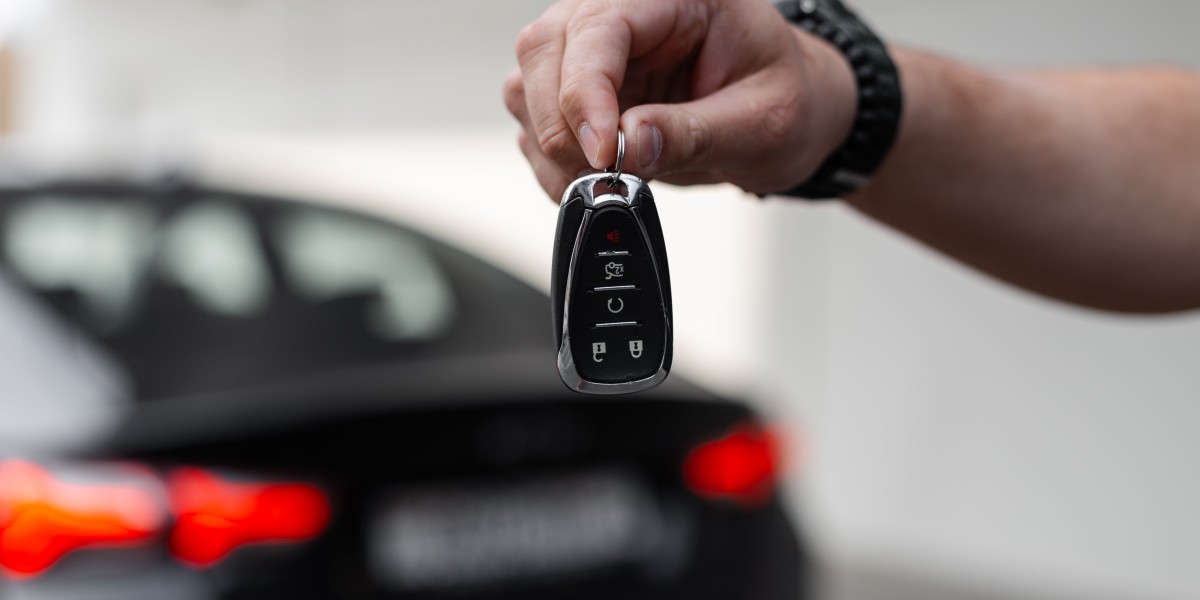Integrating Cooking: A Comprehensive Guide to Integrated Hobs and Ovens
In the contemporary kitchen, efficiency combines effortlessly with design. An integrated hob and oven system exemplifies this blend, offering both performance and visual appeal. As home cooks look for ways to boost their cooking areas, comprehending the advantages and functions of integrated hobs and ovens ends up being important. This article digs into the numerous aspects of integrated cooking appliances, providing insights into their advantages, installation considerations, and upkeep tips.
What is an Integrated Hob and Oven?
An integrated hob and oven setup describes the style wherein the cooking hob (the surface on which pots and pans are placed to cook food) and the oven (the home appliance used to bake, roast, and broil) are developed to fit flawlessly into kitchen cabinet systems. This cohesive design not only saves area however also enhances the visual harmony of the kitchen.
Key Features of Integrated Hobs and Ovens
- Area Efficiency: These appliances are created to fit within basic kitchen cabinetry, optimizing kitchen space while allowing for more storage alternatives.
- Trendy Appearance: Integrated designs offer a sleek, modern-day look that can raise any kitchen's aesthetic.
- Improved Functionality: Many integrated systems include innovative functions such as induction cooking, self-cleaning ovens, and wise technology compatibility.
- Much better Usability: Placing the hob at a proper height and having the oven easily positioned below can enhance cooking ergonomics.
Advantages of Integrated Hobs and Ovens
The growing choice for integrated hobs and ovens emerges from several associated benefits:
1. Space-Saving Design
- Integrated appliances remove the need for large standalone systems.
- They permit more counter area, developing a functional work space for cooking.
2. Aesthetic Cohesion
- Integrated systems can be finished to match kitchen cabinetry, offering a streamlined and unified look.
- The kitchen can maintain a minimalist design, without visual clutter.
3. Superior Functionality
- Features like touch controls, timers, and automated cooking programs can enhance the cooking experience.
- Induction hobs can provide faster cooking times and more precise temperature control compared to standard gas or electric hobs.
4. Energy Efficiency
- Numerous modern-day integrated ovens feature improved insulation and energy-efficient features, reducing energy intake.
- Induction hobs use energy directly in the pots and pans, causing less heat loss and faster cooking.
Setup Considerations
When considering an integrated hob and oven, a number of elements should be evaluated throughout setup.
1. Area Measurements
- Kitchens Layout: Ensure the measurements of the offered space accommodate both the hob and oven.
- Ventilation: Adequate ventilation is vital to avoid overheating and guarantee effective operation, particularly with gas designs.
2. Electrical and Gas Connections
- Power Supply: Verify that the kitchen's power supply satisfies the home appliance requirements (voltage, amperage).
- Gas Lines: For gas hobs, expert setup may be needed to make sure safety.
3. Customization and Finishes
- Select finishes that match kitchen interiors, such as stainless-steel, glass, or even custom cabinets to hide the appliances.
4. Availability
- Make sure that both the hob and oven are easily reachable. An ergonomic setup will improve the cooking experience and make it much safer.
Integrated Hob and Oven Models
| Design | Type | Secret Features | Rate Range |
|---|---|---|---|
| Bosch Series 4 HBG634BBR | Built-In | Wi-Fi connection, numerous cooking modes | ₤ 1,200 - ₤ 1,500 |
| Samsung NZ48K7570UG | Induction | Flex zone, wise innovation, touch controls | ₤ 1,500 - ₤ 2,000 |
| Miele H 6260 BP | Built-In | Self-cleaning, automated programs, sleek design | ₤ 2,500 - ₤ 3,500 |
| NEFF B57VR22N0 | Multifunction | Slide&& Hide door, advanced heat distribution | ₤ 2,000 - ₤ 2,500 |
Upkeep Tips
To make the most of the life and performance of integrated hobs and ovens, correct upkeep is essential:
- Regular Cleaning: Clean the hob and oven regularly to prevent accumulation from spills and food residues. Use non-abrasive cleaners to secure surface areas.
- Inspect Seals and Gaskets: Check oven door seals to ensure effective heating and avoid energy loss.
- Look for Damage: Regularly check gas hose pipes, electrical cable televisions, and connections for wear or damage. Immediate repair or replacement is vital for security.
- Follow Manufacturer's Guidelines: Adhere to the particular maintenance guidelines supplied by the producer for optimum efficiency.
Frequently asked questions
1. Can I install an integrated hob and oven myself?

- While some house owners decide for DIY setup, it is suggested to hire an expert, particularly when gas connections or electrical wiring are included.
2. Are integrated hobs and ovens energy-efficient?
- Lots of modern integrated systems are created with energy efficiency in mind, including thermal insulation and energy-saving modes.
3. What is the very best product for an integrated hob And oven - unimdiaspora.ro,?
- Stainless steel is popular due to its toughness, ease of cleaning, and resistance to deterioration. Nevertheless, glass ceramic and enamel-coated choices likewise supply aesthetic appeal.
4. How do I repair common problems with integrated hobs and ovens?
- Describe the user manual for repairing standards. Standard concerns like power failures or unequal cooking may typically be resolved through basic changes or resets.
An integrated hob and oven system provides a mix of performance and style that lines up with modern kitchen styles. By comprehending the advantages, setup requirements, and maintenance suggestions associated with these appliances, house owners can make informed decisions that enhance their cooking experiences. As kitchen areas evolve into multifunctional spaces, integrated cooking services will continue to get appeal, forming the future of culinary areas.







